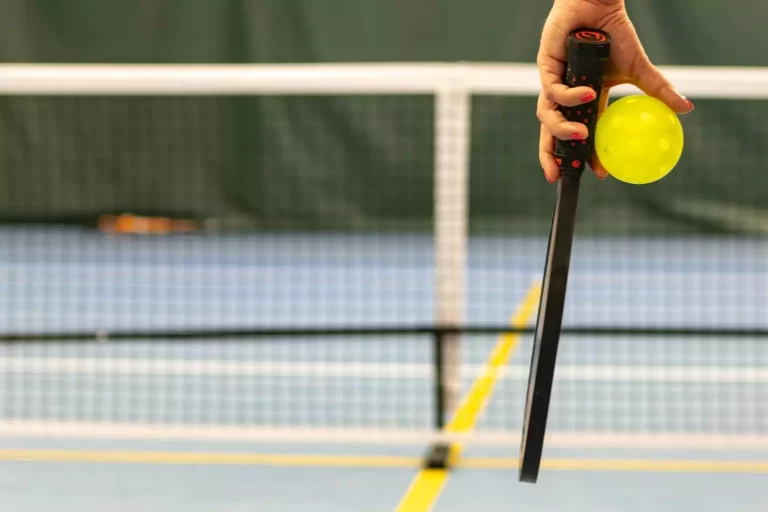Pickleball can feel like its own language sometimes, full of unfamiliar words and phrases If you’re new to the sport, you might have heard a player shout “Side out!” after a rally and wondered what on Earth was going on. Don’t worry; it’s actually a pretty simple concept and a key part of the game.
- The “Aha!” Moment: Ever been in the middle of a pickleball game, hear someone shout “Side out!”, and wonder what exactly is going on? Don’t worry, it happens to the best of us! Let’s break down this pickleball puzzle.
- Pickleball Pivots: Pickleball is a fast-paced game, and so much happens around that net. One key term to understand is “side out” – it signals a big shift in gameplay. Let’s unravel the mystery!
- Scoreboard Shift: Imagine the score in a pickleball game is getting close. Then, someone calls “Side out!” Why does that matter? Let’s find out what it means for the game and your strategy!
What is a “side out” in Pickleball, and how does it impact the game?
In a nutshell, a “side out” in pickleball means the serving team has lost the right to serve. This is super important because only the serving team can score points! A side out shifts the power to the other team, who now get their chance to score.
When does a “side out” occur during a Pickleball match?
A side out happens when the serving team commits a fault. Faults can be things like hitting the ball out of bounds, hitting the net, or stepping into the kitchen (the non-volley zone) while volleying.
What happens when the serving team loses their serve due to a fault?
If the first server on a team faults, the second server gets a turn. If the second server faults, then it’s a side out – the serve goes to the other team.
How does the receiving team gain serving control after a side out?
The receiving team becomes the new serving team! The player who was in the right-hand service court to receive the serve now becomes the first server for their team.

Why is the term “side out” often used interchangeably with “serve out” or “service change”?
They basically all mean the same thing – the serving opportunity has moved from one side of the court to the other since the serving team couldn’t keep the rally going without faulting.
How does executing a successful side out help a team regain serve control?
It’s the only way! If a team isn’t serving, they can’t score. A side out lets them get back in the scoring game.
What role does maintaining control through effective side outs play in the game?
It’s huge! A team that consistently wins side outs can pressure their opponents and keep scoring points themselves. It can get demoralizing for the team that’s constantly losing serve.
What specific faults or violations can lead to a side out for the serving team?
Lots of things! Here are the most common:
- Net serves: Hitting the ball into the net on a serve.
- Out-of-bounds serves: Serving the ball outside the court boundaries.
- Foot faults: Stepping on or over the baseline during the serve.
- Kitchen violations: Volleying a ball while standing in the non-volley zone (kitchen).
- Double bounces: Letting the ball bounce twice on your side of the court.
How does winning side outs consistently allow a team to dictate the pace of the match?
When you’re winning side outs, you’re scoring points and your opponents are not. You have more control, you can start hitting more aggressive shots, and your opponents have to play defensively.
What impact does a successful side out have on the momentum of the game?
A side out can totally swing momentum! Suddenly the team on defense has a chance to catch their breath, potentially go up in score, and put the serving team under pressure.
Where can players find official rules regarding side outs in Pickleball?
The official rulebook from USA Pickleball is the best resource for all things pickleball rules-related. You can find it on their website (https://usapickleball.org/).
So, there you have it – that’s what a “side out” is in pickleball. It’s a simple way to switch up the server and keep the game moving. Now when you hear those words at your next pickleball game, you’ll know exactly what’s happening, and maybe you’ll be the one making the call!
- The Takeaway: So, now you know! “Side out” means one team loses their serving advantage and the other team gets their chance to score. Keep this in mind for your next game!
- Strategy Shift: Understanding “side outs” isn’t just about knowing the rules, it helps your strategy. When the serve shifts, your team’s focus does too!
- Pickleball Pro Tip: Calling “side out” clearly and quickly helps your team stay in sync. Knowing this term makes for smoother, more enjoyable pickleball!
